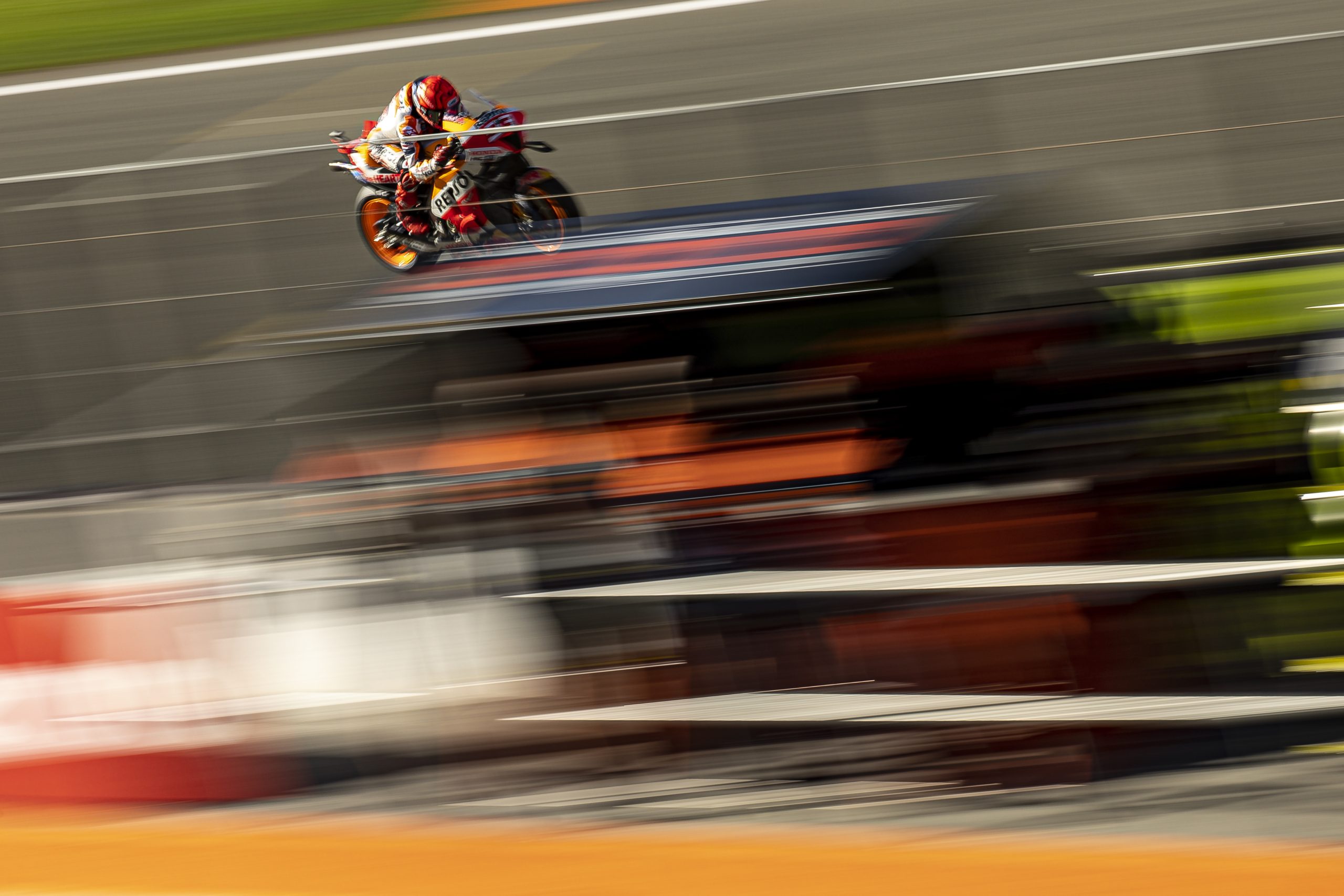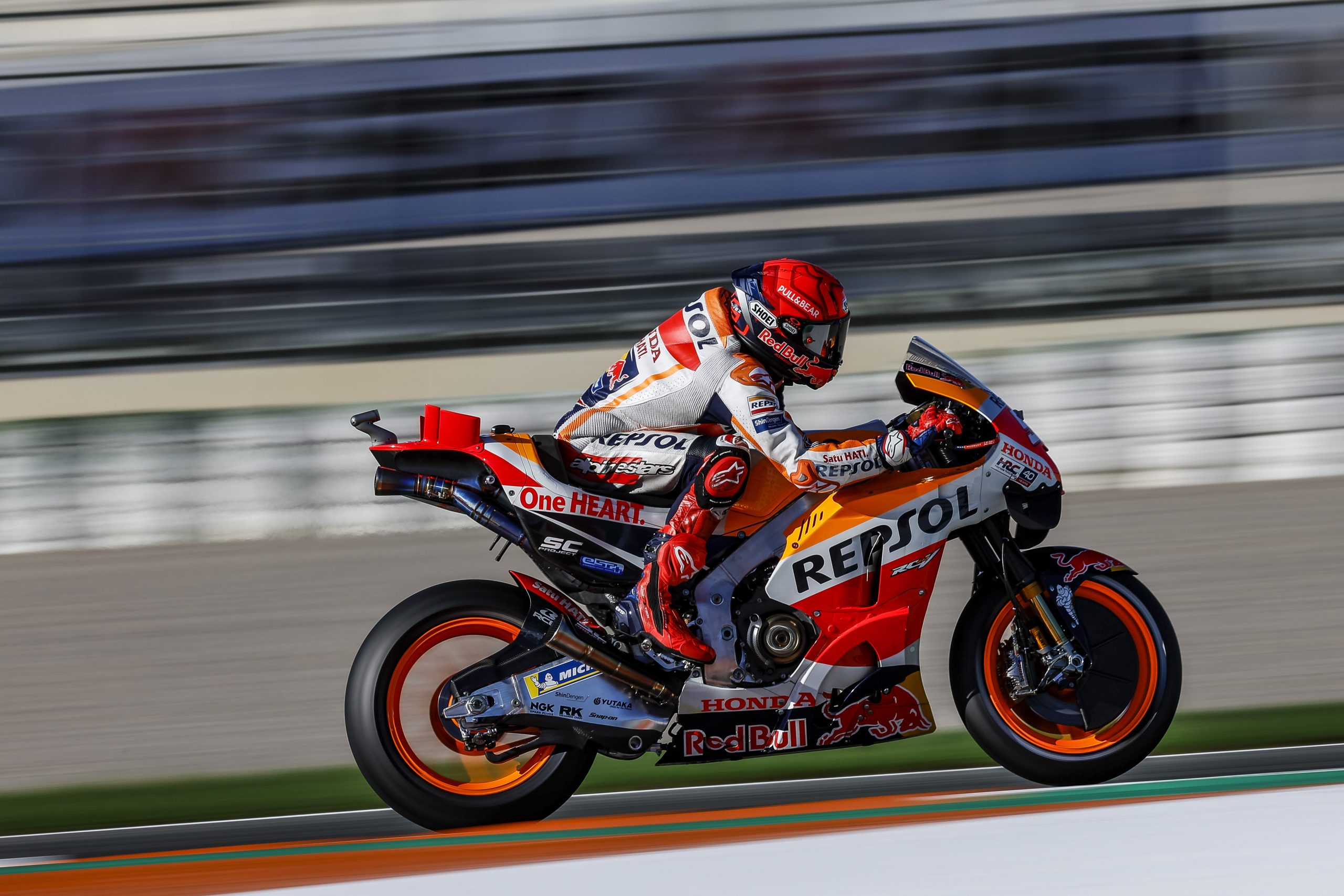What’s the g-force impact in MotoGP?
We’ve got all heard about g-force, that measure of acceleration that permits you to measure the drive that autos and human beings are topic to in sure acceleration or deceleration (braking) moments. Within the seventeenth century, Isaac Newton wrote his second legislation, often called the Regulation of Acceleration, by which he formulated the equation that this bodily second is outlined: F=ma. The place F is drive, m is mass, and a is acceleration. Delving into the consequences of acceleration on a human physique, Newton set out one other equation to measure the magnitude of that drive: F=mg, the place g is gravity. Acceleration and g-force are comparable phrases, and a drive of 1 g represents an acceleration of 9.72 m/s.
With out going additional into physics terminology, we are inclined to summarize the g-force impact by multiplying the load of the mass by the magnitude of the g-force utilized to it. In different phrases, for instance, a drive of three g represents 3 times the load of the mass to which it’s utilized.
In what manner do g-forces have an effect on MotoGP riders?
It have to be stated that, thankfully, riders aren’t normally topic to forces of a excessive magnitude, however typically accidents do contain enormous impacts of very excessive depth. We will not overlook the accident suffered by Jorge Martín in Portimao in 2021, the place it reached a peak of 26 g. And it wasn’t the best since affect data started, due to the collaboration of the gear producers, which have developed more and more refined protecting gear, akin to race fits with airbags, that are answerable for registering this knowledge. In 2019, Marc Márquez had a fall in Sepang that reached 26.27 g, and three years earlier than on the similar location, Loris Baz had an accident whose affect peak reached 29.9 g.

Nowhere close to the highest historic file documented in a motor sport occasion, when the Brit David Purley suffered an accident in 1977 at Silverstone, throughout apply on the System 1 British Grand Prix. Purley, on the wheel of a LEC-Ford, hit a wall at 173 km/h, stopping in solely 66 centimeters and registering a drive of 179 g. He would experience once more two years later.
Wild braking
The g-force impact is mirrored rather more within the riders of automobiles than bikes as a result of the previous kind a complete with the mass of the automotive. MotoGP riders, as a result of energy, acceleration, and pace that they attain, are the motorcyclists most affected by g-force.

Probably the most vital second is the braking, as a result of they generally have to deal with enormous decelerations. In accordance with research carried out by Brembo, the producer of the brakes fitted on all MotoGP bikes, the common g-force of World Championship circuits is round 1.1 or 1.2 g, and when it surpasses 1.4 g, the producer considers it a excessive deceleration common.
Is it regular to search out braking above this excessive common in MotoGP? Nicely though it does not seem to be it, it’s a frequent incidence. All circuits on the calendar have a minimum of one braking of 1.5 g, and a few tracks, such because the Austrian Crimson Bull Ring, the Twin Ring Motegi of Japan, and the Buriram circuit in Thailand, have a number of braking with this depth. The state of affairs is so vital that it will probably compromise the efficiency of the brakes, so the usage of a large-diameter brake disc is obligatory in these tracks. Usually 320-mm discs are used, however in these three circuits 340-mm discs and even 355-mm discs have to be used. Its greater diameter does not suggest a higher g-force impact, however they’re used to make sure optimum functioning over many laps.

Nevertheless, the highest g-force level in the entire championship is within the Portimao circuit: within the braking of flip 1, a drive of 1.8 g is reached. Along with the big pace reached on the finish of the straight (336 km/h), there may be additionally a steep downhill gradient on the braking level, which will increase the load. The 1.7 g reached on the primary flip of the Circuit Ricardo Tormo can’t be ignored both, the place a excessive pace can also be reached, 325 km/h.
Turns
Excessive g-force masses may also be recorded throughout turning, though on this case the bikes do not endure it the identical manner as automobiles. Within the bikes, the g-force is break up due to the totally different dynamic of the autos. Whereas the automotive and the driving force kind a single mass and transfer in the identical airplane, in a motorbike, the automobile and the rider act otherwise.

The straightforward truth of the inclination when tackling a flip serves to separate the forces, as a result of the centrifugal drive, the centripetal drive, and the g-force itself coincide on the similar second of acceleration. In different phrases, that when tackling a flip there’s a drive that tends to comply with the inertia of the mass (centrifugal drive), in opposition to which the rider fights, driving the bike in direction of the specified trajectory (centripetal drive). The conjunction of each moments splits the g-force impact in turns.


